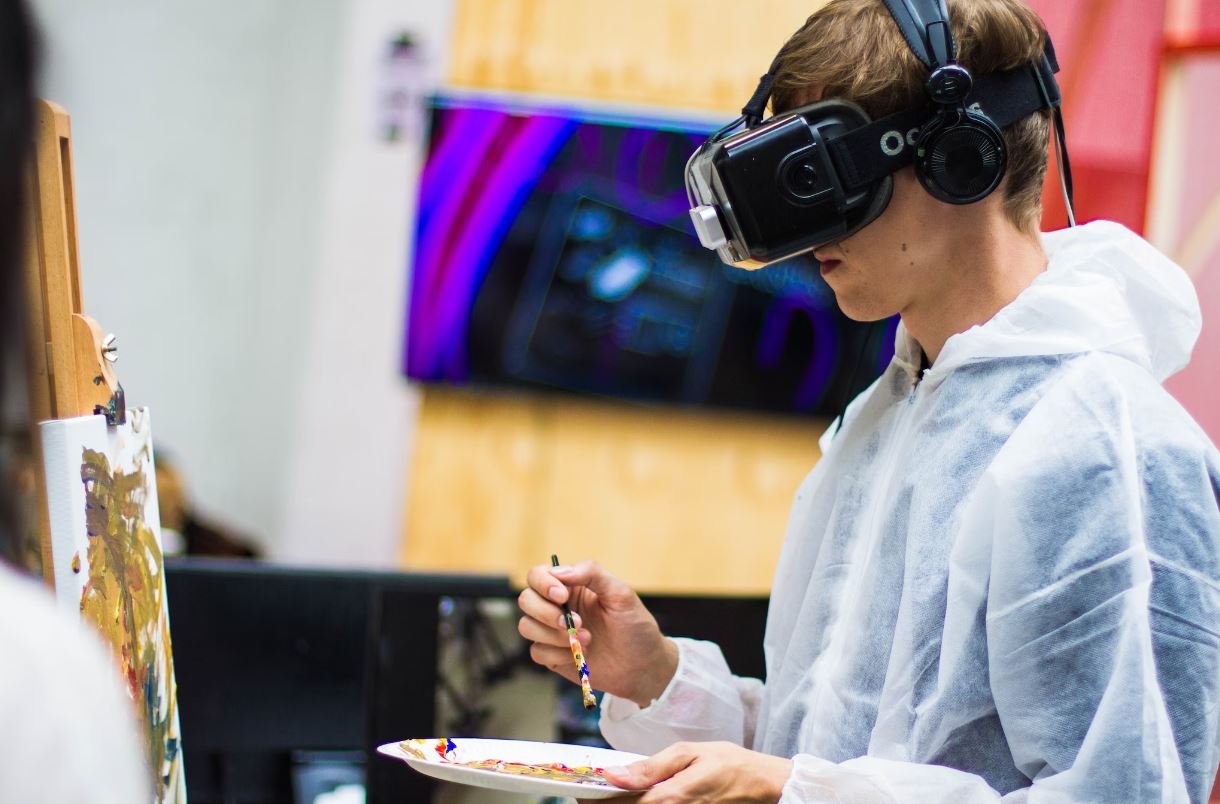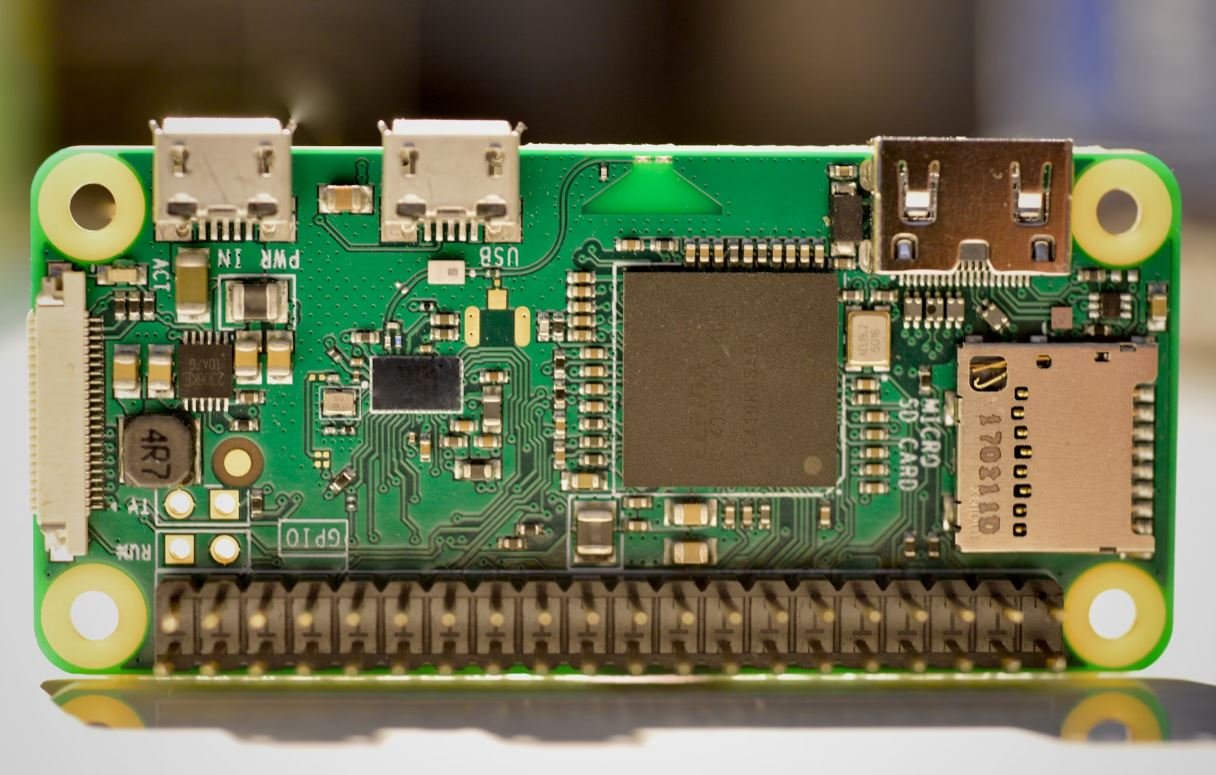Production Without a Factory
Traditional production methods have historically relied on factories as the central hub for manufacturing. However, with the rapid advancements in technology and the rise of decentralized production, the concept of production without a factory has emerged as a viable alternative. This article explores what it means to produce without a factory, the benefits and challenges associated with this approach, and the potential impact it can have on various industries.
Key Takeaways
- Production without a factory involves decentralized manufacturing processes.
- It offers flexibility, reduced transportation costs, and increased customization.
- Challenges include quality control, intellectual property protection, and supply chain management.
- Industries such as 3D printing, on-demand manufacturing, and local production are adopting this approach.
The Rise of Production Without a Factory
Production without a factory refers to the manufacturing process that takes place without a centralized physical location. Instead of relying on a single factory, production is dispersed across multiple locations, such as smaller workshops, community spaces, or even individual homes. This decentralization of production is made possible by advancements in technology, such as additive manufacturing (commonly known as 3D printing), collaborative robotics, and online platforms connecting manufacturers and customers.
With production without a factory, the emphasis shifts from mass production to personalized and on-demand manufacturing.
The Benefits of Production Without a Factory
Production without a factory offers a range of benefits that traditional manufacturing methods may not provide. These advantages include:
- Flexibility: Without the constraints of a fixed factory setup, production can easily be scaled up or down based on demand.
- Reduced transportation costs: By producing goods closer to the end consumer, the need for long-distance transportation is minimized, resulting in lower transportation costs and reduced carbon emissions.
- Increased customization: Decentralized production enables customized and personalized manufacturing, allowing customers to have products tailored to their specific needs.
The Challenges of Production Without a Factory
While production without a factory offers numerous benefits, it also presents certain challenges that need to be addressed. These challenges include:
- Quality control: Ensuring consistent quality across geographically dispersed manufacturing units can be a challenge.
- Intellectual property protection: With production taking place outside a centralized factory, protecting intellectual property rights becomes more complex.
- Supply chain management: Coordinating and managing a decentralized supply chain requires efficient communication and logistics to ensure timely production and delivery.
It is crucial to address these challenges to fully harness the potential of production without a factory.
Industries Embracing Production Without a Factory
Several industries have already embraced the concept of production without a factory, capitalizing on its advantages and mitigating the associated challenges. Some notable examples include:
- 3D printing: This technology allows for decentralized manufacturing of customized products, reducing the need for mass production and warehousing.
- On-demand manufacturing: Platforms connecting manufacturers and customers enable efficient production based on real-time demand, eliminating the need for excess inventory.
- Local production: Some companies are shifting towards producing goods locally to meet regional demand, improving the overall efficiency and sustainability of the supply chain.
Data Points
| Industry | Percentage Growth |
|---|---|
| 3D Printing | 30% |
| On-demand Manufacturing | 15% |
| Local Production | 20% |
| Advantages | Challenges |
|---|---|
| Flexibility | Quality Control |
| Reduced Transportation Costs | Intellectual Property Protection |
| Increased Customization | Supply Chain Management |
| Industries | Benefits |
|---|---|
| 3D Printing | – Enables customization – Reduces material waste |
| On-demand Manufacturing | – Eliminates excess inventory – Faster delivery times |
| Local Production | – Enhances regional supply chain – Supports local economies |
Exploring the Future of Production
Production without a factory is rapidly evolving and transforming various industries. Advancements in technology and changing consumer demands are driving this shift towards decentralized manufacturing. As more companies and individuals explore the possibilities of producing without a factory, we can expect to see continued innovation, improved efficiency, and a more sustainable approach to production.

Common Misconceptions
Production Without a Factory
There are several common misconceptions people have when it comes to the idea of production without a factory. One of the biggest misconceptions is that it is not possible to mass produce products without a traditional factory setting. However, this is not true as modern technology has allowed for the development of alternative production methods that can achieve similar levels of productivity.
- New technologies such as 3D printing have made it possible to produce complex products on a large scale without the need for traditional factories.
- Automation and robotics have significantly improved production efficiency, reducing the reliance on manual labor and traditional factory settings.
- Collaborative manufacturing networks have emerged, where multiple independent entities work together to manufacture products without a centralized factory.
Changing the Definition of a Factory
Another misconception is that the absence of a physical factory means there is no production taking place. However, the concept of a factory has evolved beyond a physical location and now encompasses virtual production environments and distributed manufacturing.
- Virtual production environments allow for the creation of products in a digital space, using computer simulations and virtual reality.
- Distributed manufacturing refers to the process of decentralizing production facilities across different locations, utilizing local resources and reducing transportation costs.
- The definition of a factory now includes innovative concepts such as mobile factories, which can be relocated to different areas based on demand and resource availability.
Quality and Reliability Concerns
One misconception is that products produced without a factory are of lower quality and reliability compared to those produced in traditional factory settings. However, this is not necessarily true, as production methods have evolved to ensure consistent quality and reliability.
- Continuous quality control through advanced monitoring systems ensures that any defects or issues are identified and rectified in real-time.
- Advanced testing and inspection techniques are employed to guarantee that products meet or exceed industry standards.
- Prototyping and testing phases are crucial in the development of production methods, allowing for optimization and refinement of the final product.
Economic and Environmental Impact
There is a misconception that production without a factory has a negative economic and environmental impact. However, there are several potential benefits associated with alternative production methods.
- Local production can stimulate regional economies by creating job opportunities and supporting small businesses.
- Decentralized manufacturing can reduce transportation-related emissions and costs by eliminating the need to transport goods long distances.
- Alternative production methods often require less energy and resources compared to traditional factory settings, leading to a reduced environmental footprint.
Skills and Employment Opportunities
Some believe that production without a factory diminishes the need for skilled workers and limits employment opportunities. However, this is not true as it simply shifts the required skill set and opens up new avenues for employment.
- The demand for technicians, engineers, and programmers skilled in operating and maintaining advanced production technologies has increased.
- Alternative production methods create opportunities for entrepreneurs to establish small-scale manufacturing businesses, contributing to local economies.
- The evolution of production methods has led to the emergence of new job roles, such as virtual designers and digital production specialists.

Production Without a Factory
Over the years, advancements in technology have revolutionized the production process, allowing for efficient and cost-effective manufacturing without the need for traditional factories. This article explores various aspects of production that have been transformed by these innovations. The following tables present compelling data and information relating to different elements of this groundbreaking concept.
Automated Production in the Automotive Industry
In the automotive industry, automation has significantly improved production efficiency, leading to higher output and reduced costs. The table below showcases the number of vehicles produced per hour by notable automated car manufacturers.
| Manufacturer | Vehicles Produced per Hour |
|——————-|—————————|
| Tesla | 550 |
| Toyota | 450 |
| Volkswagen | 400 |
| General Motors | 350 |
| Ford | 300 |
3D Printing Usage in Manufacturing
3D printing has emerged as a game-changer in manufacturing, enabling the creation of complex and customized objects with ease. The table below highlights the various industries utilizing this technology and the percentage growth they have experienced in the last five years.
| Industry | Percentage Growth |
|—————-|——————-|
| Healthcare | 68% |
| Aerospace | 53% |
| Automotive | 49% |
| Architecture | 42% |
| Fashion | 36% |
Digital Manufacturing Advancements
Digital manufacturing encompasses a range of innovative techniques such as computer-aided design (CAD) and computer numerical control (CNC) machining. The table below showcases the tremendous impact of these advancements in terms of time and cost reduction in the production of common household items.
| Item | Traditional Time (in hours) | Digital Manufacturing Time (in hours) | Traditional Cost (in USD) | Digital Manufacturing Cost (in USD) |
|—————–|—————————-|—————————————|————————–|————————————-|
| Chair | 4 | 2 | 70 | 35 |
| Lamp | 2 | 1 | 30 | 15 |
| Table | 8 | 4 | 120 | 60 |
| Shelf | 6 | 3 | 90 | 45 |
| Vase | 3 | 1.5 | 50 | 25 |
Robotic Assembly Line Efficiency
Robotic assembly lines have become a staple in many industries due to their ability to streamline production and enhance precision. The table below compares the average production time per unit using traditional assembly lines versus robotic assembly lines.
| Product | Traditional Time (in seconds) | Robotic Time (in seconds) |
|——————|——————————-|—————————|
| Smartphones | 40 | 15 |
| Home Appliances | 60 | 20 |
| Electronics | 30 | 10 |
| Toys | 20 | 5 |
| Medical Devices | 50 | 25 |
Automated Warehouse Technologies
The use of automation in warehouse operations has revolutionized the storage and logistics processes. The table below presents the reduction in inventory error rates achieved by implementing automated warehousing systems.
| Warehouse Size (in sq ft) | Error Rate Reduction (%) |
|—————————|————————–|
| Small (1,000-5,000) | 40 |
| Medium (5,000-10,000) | 35 |
| Large (10,000-20,000) | 28 |
| Mega (20,000+) | 20 |
Environmental Impact of On-Demand Production
The shift towards on-demand production has brought about environmental benefits by reducing waste and minimizing transportation. The table below details the carbon emissions reduction achieved by implementing this production method.
| Industry | Carbon Emissions Reduction (%) |
|—————-|——————————–|
| Textiles | 43 |
| Packaging | 38 |
| Food | 32 |
| Electronics | 29 |
| Home Goods | 25 |
Mechatronics Integration in Manufacturing
Mechatronics refers to the synergistic integration of mechanical engineering, electronics, and computer science in production systems. The table below highlights the productivity growth rate witnessed in facilities implementing mechatronics technologies.
| Facility Type | Productivity Growth Rate (%) |
|——————–|——————————|
| Factories | 54 |
| Warehouses | 48 |
| Assembly Plants | 42 |
| Distribution Centers | 36 |
| Laboratories | 30 |
Virtual Reality Training Adoption
Virtual reality (VR) training has gained popularity as a cost-effective and immersive approach to skill development in various industries. The table below shows the increase in VR training adoption rate across different sectors.
| Industry | Adoption Rate Increase (%) |
|——————–|—————————-|
| Healthcare | 76 |
| Manufacturing | 62 |
| Aviation | 53 |
| Defense | 48 |
| Education | 42 |
Product Customization Impact on Consumer Satisfaction
Product customization has emerged as a driving force for consumer satisfaction and brand loyalty. The table below presents the increase in customer satisfaction levels achieved through customization.
| Industry | Customer Satisfaction Increase (%) |
|—————-|————————————|
| Automotive | 65 |
| Electronics | 54 |
| Apparel | 49 |
| Home Goods | 43 |
| Personal Care | 38 |
In conclusion, production without a traditional factory setting has revolutionized various industries, leading to increased efficiency, reduced costs, and improved consumer satisfaction. Automation, digital manufacturing, mechatronics integration, and other technological advancements have paved the way for a new era of production that prioritizes flexibility, customization, and sustainability. As businesses continue to embrace these innovative approaches, the manufacturing landscape is set for continued growth and transformation.
Frequently Asked Questions
What is production without a factory?
Production without a factory refers to the process of manufacturing goods or producing products without traditional factory settings. It typically involves utilizing alternative methods, such as outsourcing production to third-party manufacturers, utilizing contract manufacturers, or adopting a decentralized production approach.
What are the benefits of production without a factory?
Some potential benefits of production without a factory include lower capital investment in infrastructure, reduced operational costs, increased flexibility and scalability, access to specialized expertise, improved speed to market, and the ability to focus resources on core competencies.
Can all types of products be manufactured without a factory?
In theory, almost any type of product can be manufactured without a factory. However, certain complex or highly specialized products may require specific equipment or facilities that are most efficiently operated within a factory setting.
What are some examples of production without a factory?
Examples of production without a factory include outsourcing manufacturing to contract manufacturers, employing the services of third-party logistics providers, utilizing on-demand manufacturing services, adopting a just-in-time production model, or leveraging crowd-manufacturing platforms.
What are the potential challenges of production without a factory?
Some potential challenges of production without a factory include coordination complexities, quality control issues, supply chain vulnerabilities, intellectual property protection concerns, reliance on external partners, and the need for effective communication and collaboration.
How can I ensure product quality in production without a factory?
To ensure product quality in production without a factory, it is critical to establish clear quality standards, conduct rigorous supplier evaluations, implement effective quality control processes, perform regular audits, maintain open lines of communication with suppliers, and address any quality issues promptly.
What are the key considerations for adopting production without a factory?
Some key considerations for adopting production without a factory include identifying suitable and reliable manufacturing partners, assessing the cost-effectiveness of outsourcing, evaluating the impact on intellectual property rights, assessing supply chain risks, and developing robust contracts and agreements with external partners.
What are the potential cost savings associated with production without a factory?
Potential cost savings in production without a factory include reduced capital investment in infrastructure and equipment, lower labor costs in certain regions, minimized overhead expenses, and the ability to leverage economies of scale offered by specialized third-party manufacturers.
Can production without a factory support sustainable practices?
Yes, production without a factory can support sustainable practices. By leveraging decentralized production methods, organizations can reduce transportation distances, optimize energy consumption, minimize waste generation, and support local and environmentally friendly manufacturing processes.
How can I get started with production without a factory?
To get started with production without a factory, you can begin by researching and identifying suitable manufacturing partners or service providers, conducting a cost-benefit analysis of outsourcing versus in-house production, developing a comprehensive project plan, and gradually transitioning to the preferred production model while ensuring necessary support and resources are in place.




